Building of the Day: 422 Fulton Street
Brooklyn, one building at a time. Name: Abraham & Straus, now Macy’s Address: 422 Fulton Street Cross Streets: Between Gallatin and Hoyt Streets Neighborhood: Downtown Brooklyn Year Built: 1929-1930 Architectural Style: Art Deco Architect: Starrett & Van Vlecht Other works by architect: Manhattan — Lord & Taylor, Bloomingdale’s, Saks Fifth Avenue, American Stock Exchange and…
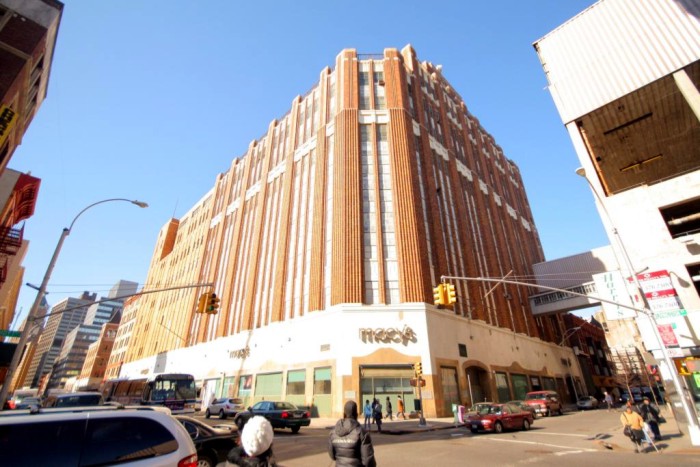

Brooklyn, one building at a time.
Name: Abraham & Straus, now Macy’s
Address: 422 Fulton Street
Cross Streets: Between Gallatin and Hoyt Streets
Neighborhood: Downtown Brooklyn
Year Built: 1929-1930
Architectural Style: Art Deco
Architect: Starrett & Van Vlecht
Other works by architect: Manhattan — Lord & Taylor, Bloomingdale’s, Saks Fifth Avenue, American Stock Exchange and Downtown Athletic Club, among others
Landmarked: No, but should be
The story: Abraham & Straus was, for many years, and many generations of Brooklynites, THE department store in Brooklyn. There was a lot of competition for the title, as Brooklyn certainly had a nice roster of excellent stores, but A&S, as it became known in the latter part of the 20th century, was the best. Established in 1865 as Wechsler & Abraham, the store grew, moving to its flagship location on Fulton Street in the 1880s. Wechsler was bought out by Isador and Nathan Straus, who owned R. H. Macy’s in Manhattan, in 1893, and the new store, Abraham & Straus, continued to grow, both physically and in sales and customers.
Some might argue that the turn of the 20th century was the golden age of department stores. All of the great stores in Manhattan, Brooklyn, and elsewhere in the country, built fine new emporiums for their businesses during these years, leaving a great legacy of department store architecture in places like Manhattan’s Ladies Mile. But the 1920s was a great watershed building moment for stores as well, even as the Great Depression loomed at the end of the decade.
In 1929, a group of established department stores, including Macy’s, Filene’s and Abraham & Straus, among others, banded together as a holding company called the Federated Department Stores. They were able to set up industry standards in merchandising, and a few years later came up with the idea of Black Friday, as well as the established holiday shopping period from the day after Thanksgiving to Christmas Eve. They also expanded their physical footprint, and began building more stores, in spite of the fact that the nation was headed into the Great Depression.
Federated hired the firm of Starrett & Van Vlecht to design stores in several large cities, especially in New York City. The Manhattan based firm was getting a deserved reputation for excellence in department store design. Its first store was for Lord & Taylor, on 5th Avenue, in 1914, and they followed that up with Saks Fifth Avenue in 1922 and Bloomingdale’s in 1930. Lord & Taylor and Saks are in a more Beaux-Arts classical style, but by the time the architects got to Bloomingdale’s and Abraham & Straus, they were designing in the new Art Deco style.
The new addition to the Second Empire Victorian-style store is pure Art Deco, and more than doubled the amount of store space. The original store’s main selling area became the men’s department, on the ground floor, and its soaring open spaces that opened up onto a central atrium were eventually closed up, and more floor space was created. The new main floor of the store, in the Deco building, is now still the heart of the store.
Starrett and Van Vlecht designed a building with tall piers of rounded brick that rise past the many floors of windows that also rise to the roof. Natural light rarely pierces the selling floors these days; there are now offices and stock rooms by those windows. The building is not overly ornamented or complicated, but is an excellently planned and very modern design. Inside, the original interior is best seen in the center, where the elevator banks still have the nickel and brass hardware, incised with geometric zigzag patterns, paired with the original elevator light indicators, made of frosted glass, ala Lalique.
Many will tell you that the loss of A&S was a blow to Brooklyn, and that Macy’s just isn’t the same, even if the parent company is the same. I’d have to agree. Macy’s needs to up its game and stop treating the Brooklyn branch like a poor stepchild. A&S used to have one of the best buyer’s training programs in New York. My first trip to A&S was to interview for that program in 1977, when I still lived in the Bronx. They didn’t hire me, but I was very impressed with the store. When I moved to Brooklyn in the early 1980s, it was a great place to shop and eat lunch, in a dining room on the 4th floor that hadn’t changed its décor since the dawn of time. Those were the days. GMAP
(Photo: Scott Bintner for PropertyShark)
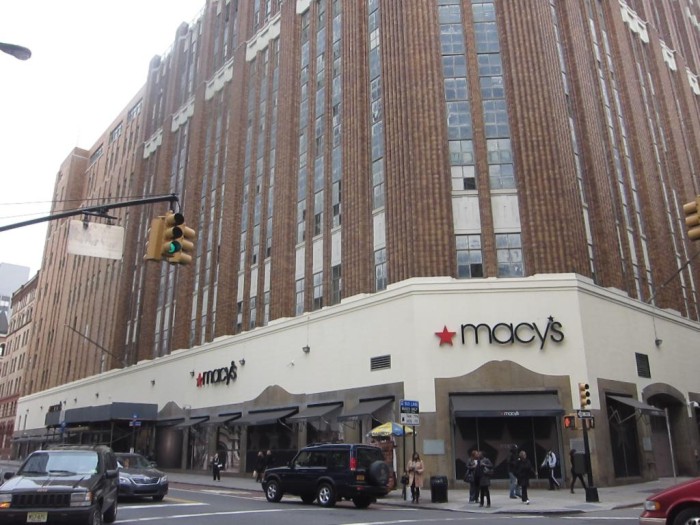
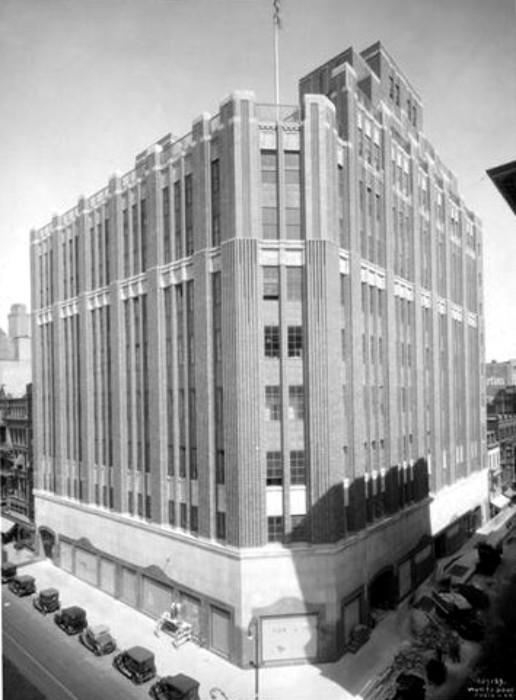
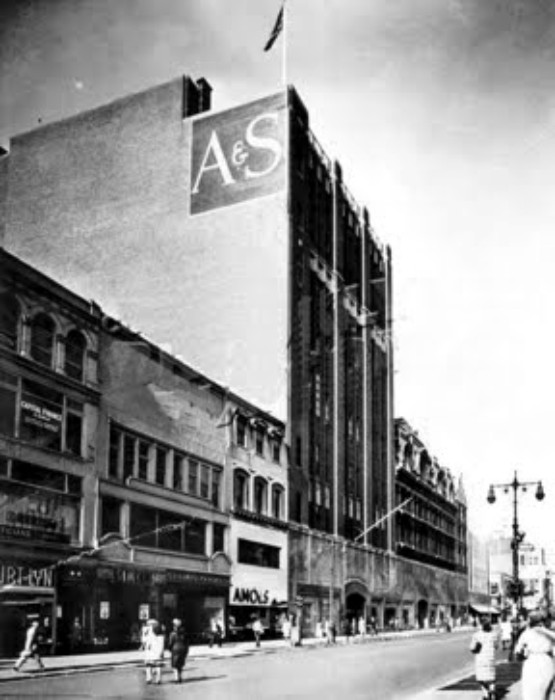
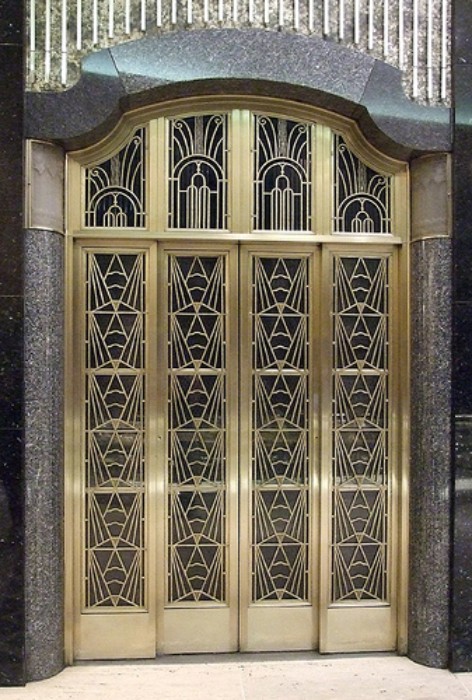









What's Your Take? Leave a Comment